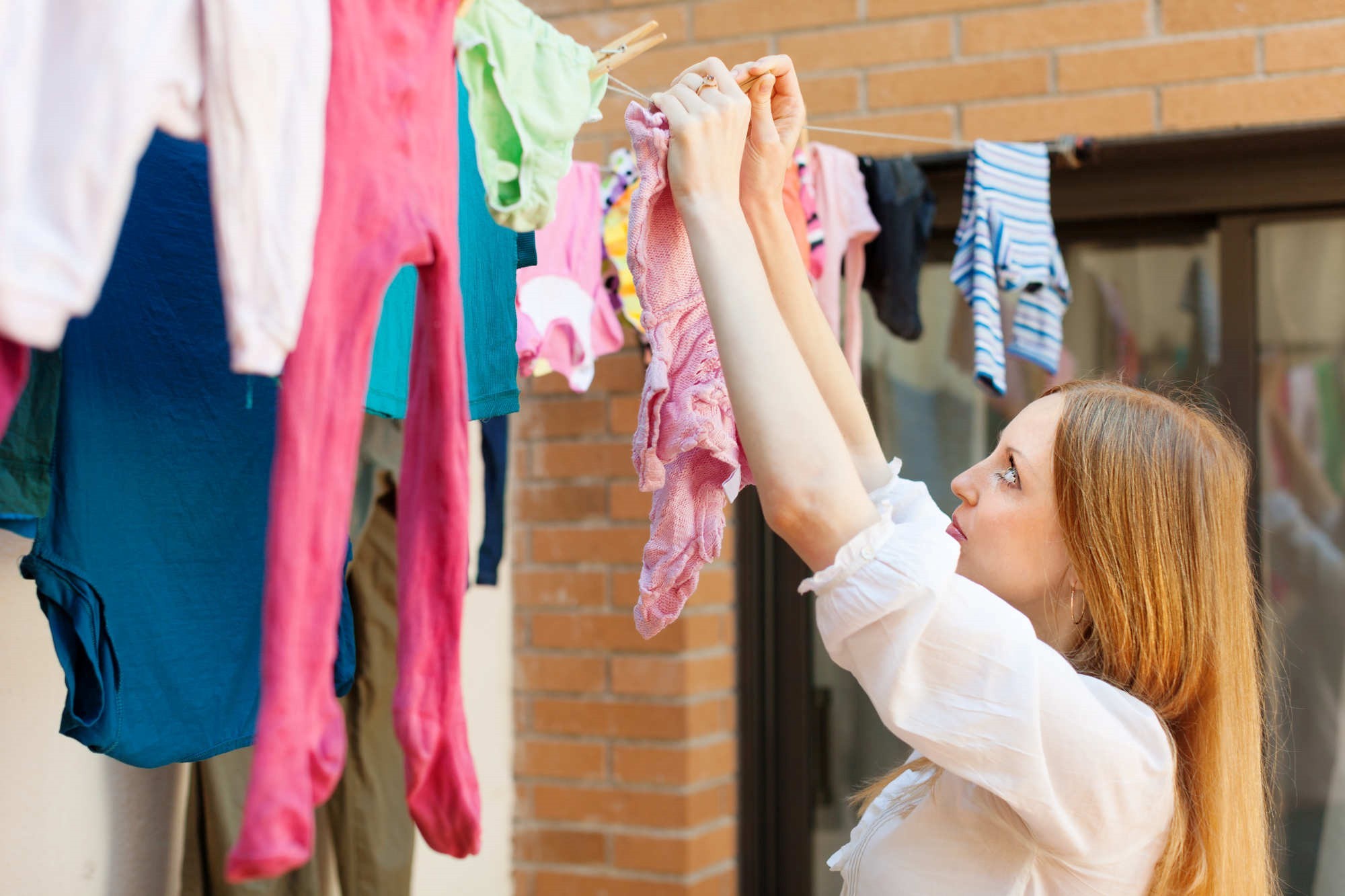3. Choosing the right detergent
Whether you choose the scent of lavender or apple for your laundry detergent is entirely up to you and your preferences, but there are a few other things to consider when choosing a detergent. There is a separate detergent for almost every wash program. If you don’t have a lot of storage space or don’t have the budget for a complete laundry room equipment, we recommend that you keep two simple questions in mind when buying detergent: Do I have a lot of sensitive fabrics (silk, wool, etc.)? Which colors dominate my wardrobe?
Washing colored laundry is usually easier than washing white or dark colors. Universal, heavy-duty or colored detergents can be used for Cotton and Synthetics and for the easy-care program, wool and mild detergents should be used for more sensitive fabrics! Powder detergents are particularly suitable for white colors, as these often contain bleach and contribute to a long-lasting, fresh white color. Warning: the bleach in the detergent does not pose a health risk, but is still bad for the environment.
If your laundry is heavily soiled, it is advisable to treat stains by hand before putting them in the washing machine. The best way to treat grease stains is with a little grease-dissolving dish wash soap. Simply apply the product to the area that needs to be treated shortly before the wash cycle, let it sit for a few minutes and then, without rinsing, put it in the washing machine as normal.
Regarding the dosage of your detergent, it is best to read what is recommended directly on the detergent packaging or choose the amount of detergent based on the contamination of your laundry!





 Avoid careless mistakes and read through your application very carefully multiple times! ©Adobe Stock
Avoid careless mistakes and read through your application very carefully multiple times! ©Adobe Stock Have you ever tried pedal boating? If not, it’s time to give it a go! ©Adobe Stock
Have you ever tried pedal boating? If not, it’s time to give it a go! ©Adobe Stock